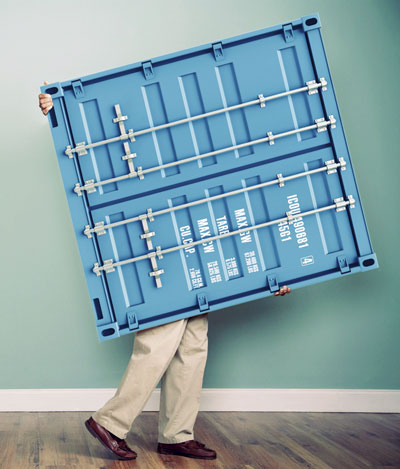 An excess of capacity, new competition among carriers and increased measures against cargo theft characterize the landscape of the Inland Marine segment, the vast and varied coverage area that encompasses any type of shipment that does not travel over an ocean, including fine art and jewelry.
An excess of capacity, new competition among carriers and increased measures against cargo theft characterize the landscape of the Inland Marine segment, the vast and varied coverage area that encompasses any type of shipment that does not travel over an ocean, including fine art and jewelry.
A rash of start-ups in Inland Marine over the last three to five years has created a “tremendous amount” of competition in the segment, says Christine Santiago, vice president for Commercial Inland Marine at the Starr Marine Group, one of those new entrants. The company's Inland Marine coverages include Warehouse Operators Legal Liability; Domestic Transit; Motor Truck Cargo Legal Liability; Contractor's Equipment; and Installation and Rigger's Liability.
Construction and transportation together drive the Inland Marine segment and account for about 60 percent of its premiums. Some start-ups might not have had the traditional capacity of the established big players in this space, says Santiago, but they have made inroads into some of the more popular lines or have brought a following of clients with them.
Recommended For You
Want to continue reading?
Become a Free PropertyCasualty360 Digital Reader
Your access to unlimited PropertyCasualty360 content isn’t changing.
Once you are an ALM digital member, you’ll receive:
- Breaking insurance news and analysis, on-site and via our newsletters and custom alerts
- Weekly Insurance Speak podcast featuring exclusive interviews with industry leaders
- Educational webcasts, white papers, and ebooks from industry thought leaders
- Critical converage of the employee benefits and financial advisory markets on our other ALM sites, BenefitsPRO and ThinkAdvisor
Already have an account? Sign In Now
© 2025 ALM Global, LLC, All Rights Reserved. Request academic re-use from www.copyright.com. All other uses, submit a request to [email protected]. For more information visit Asset & Logo Licensing.








